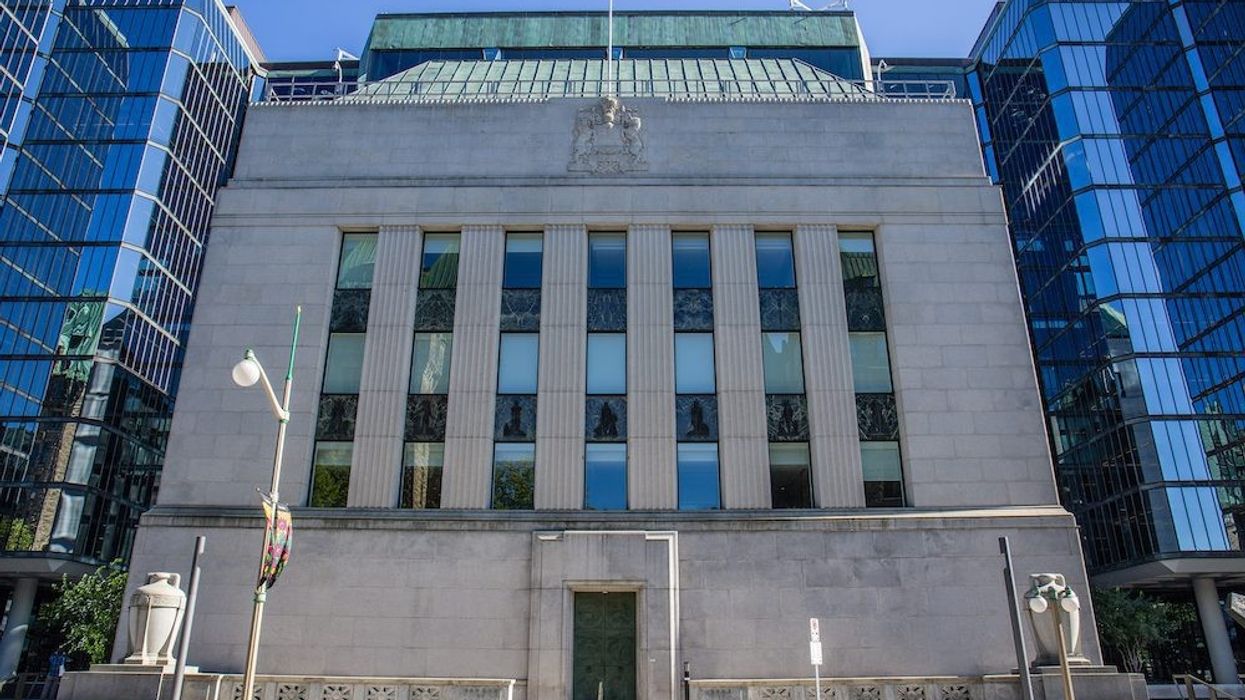That the Bank of Canada is poised to hike rates again in April has been a certainty -- but analysts have waffled on just how aggressive the central bank needs to be at this early stage.
However, new comments made last week from Bank of Canada Deputy Governor Sharon Kozicki appear to have sealed the deal for a 0.5% increase, which will bring the Overnight Lending Rate to a full 1%.
Speaking virtually to the Federal Reserve Bank of San Francisco Macroeconomics and Monetary Policy Conference, Kozicki expressed considerable confidence that the Canadian economy and households are in relatively good shape to withstand the higher borrowing costs to come. As a result, data from Bloomberg now indicates that markets are pricing in a half-percentage rate hike in the BoC’s next announcement on April 13, up from the previous quarter percent.
Of course, steep inflation growth remains a main factor -- CPI hit a pace of 5.7% in February, a 31-year high that’s been exacerbated by volatility in energy prices due to the Russian invasion of Ukraine. As a result, the BoC is “prepared to act forcefully” in order to calm inflation, which has spiralled considerably beyond the central bank’s 2% target, Kozicki said in her speech.
Canadian Finances Are in Better Shape Than Pre-Pandemic
Referencing a data model that looks at how difference in income, wealth, and debt across households impacts the economy, Kozicki says Canadians appear to be in better financial standing than before the onslaught of COVID-19.
“Overall, despite the large and uneven shock that hit them two years ago, households across five groups sorted by income appear on average to be in healthier financial positions than before the pandemic,” she said. “Indeed, the share of Canadians falling behind on consumer debt payments is close to its historic low, and credit scores have generally risen. Also, fewer households are living paycheque to paycheque.”
READ: Economist Warns Rate Hikes Could Have Dire Impact on Housing Market
A stronger-than-expected labour market -- job numbers grew by 5.3% in February, and the pandemic-induced gaps for women and youth appear to be improving -- as well as overall lower levels of household debt and larger store of savings, have contributed to Canadians’ bolstered position. According to bank deposit data, the average Canadian household saw savings increase by $12,000 compared to before the pandemic.
Most Mortgage Borrowers Won't Be Affected... Yet
As well, she points out, while the BoC’s fresh hiking cycle will have implications for borrowers, the majority of existing homeowners will be largely shielded from higher rates in the near-to-medium term; as three-quarters of mortgage holders have fixed rates, with the majority in a five-year term, 20% will be exposed to renewal in any given year. However, the new rate they’ll sign on for will be similar to their existing, given many initially locked in during a higher rate environment pre-pandemic.
The bulk of the risk lies for borrowers who signed on for new mortgages in the past two years, who, due to rising home prices, have considerably steeper debt-to-income ratios. While there’s risk that these overly-leveraged borrowers will be forced to cut their spending as rates rise -- an impact that will trickle throughout the economy -- the data gives the BoC confidence to move forward with its new hiking mandate.
“Adding it all up, though, we see that households on average appear to be in better financial shape now than at the start of our 2017–18 tightening cycle. And as we proceed with policy tightening, our rich data capabilities will continue to pay dividends. That’s because they give us a more refined lens into how households are responding to our monetary policy.”
Currently, markets are pricing in the probability of three 25-point hikes between April to June, coming to a total of seven by the end of 2022. As well, eyes are looking south of the border to the US Federal Reserve’s May meeting; as the US grapples with its own runaway inflation challenges -- hitting 7.9% in February -- it’s anticipated that Chair Jerome Powel could react with the Fed’s own 0.5% hike, which would well clear the path for the BoC to take a much more aggressive approach with its monetary policy.





















